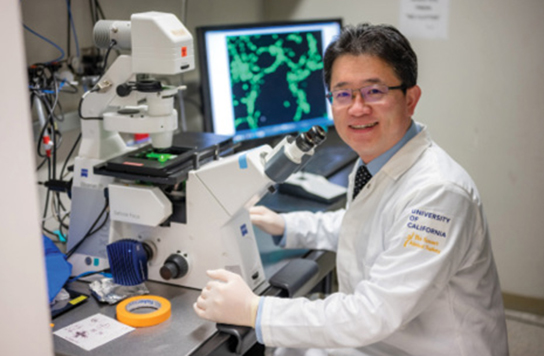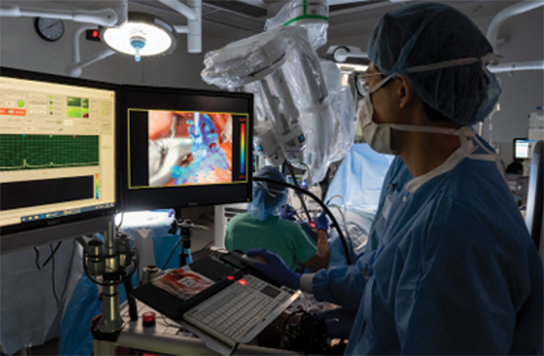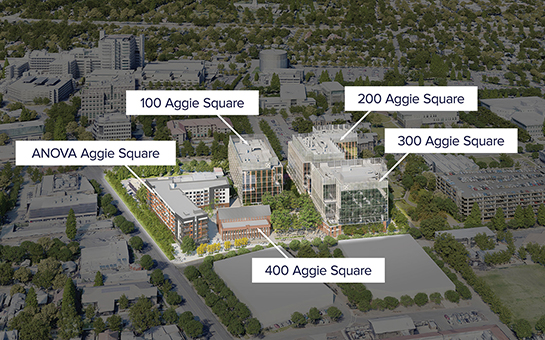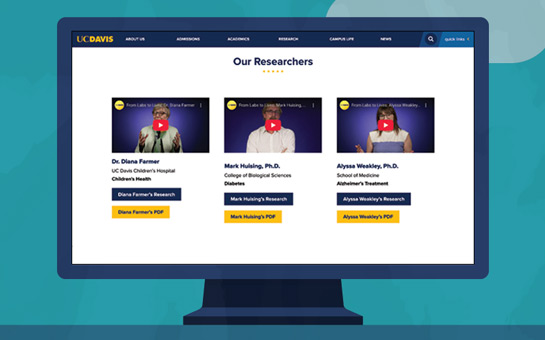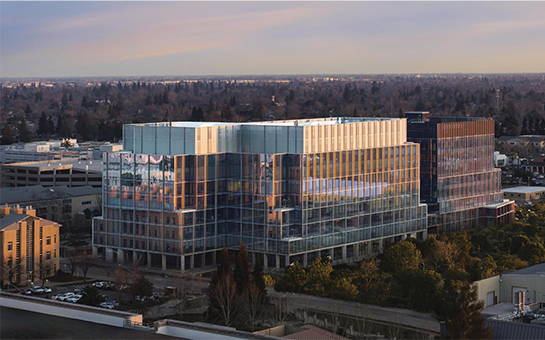One of the research groups moving to Aggie Square is the Wang Lab, a prime research hub in stem cell therapy and gene editing for early treatments of birth defects such as spina bifida.
The lab develops tools, technologies, and therapeutics that integrate molecular, cellular, tissue and biomaterial engineering to promote regeneration and restore function.
Some focus areas include engineering and developing stem cell/gene therapy, extracellular vesicles/nanomedicine, and extracellular matrix/biomaterial scaffolds to treat a wide spectrum of congenital conditions and acquired diseases, said Aijun Wang, professor of surgery and biomedical engineering. Wang is the vice chair for translational research, innovation and entrepreneurship at the Department of Surgery and co-directs the Center for Surgical Bioengineering at UC Davis.
Wang and his team have been collaborating with the Murthy laboratory at UC Berkeley to develop a much-needed cure for Duchenne muscular dystrophy, one of the most severe types. They are designing a therapy to treat DMD before birth by editing the gene that encodes dystrophin, a key protein in stabilizing muscle fiber. This groundbreaking work is funded by a $2 million Quest Award from the California Institute for Regenerative Medicine.

